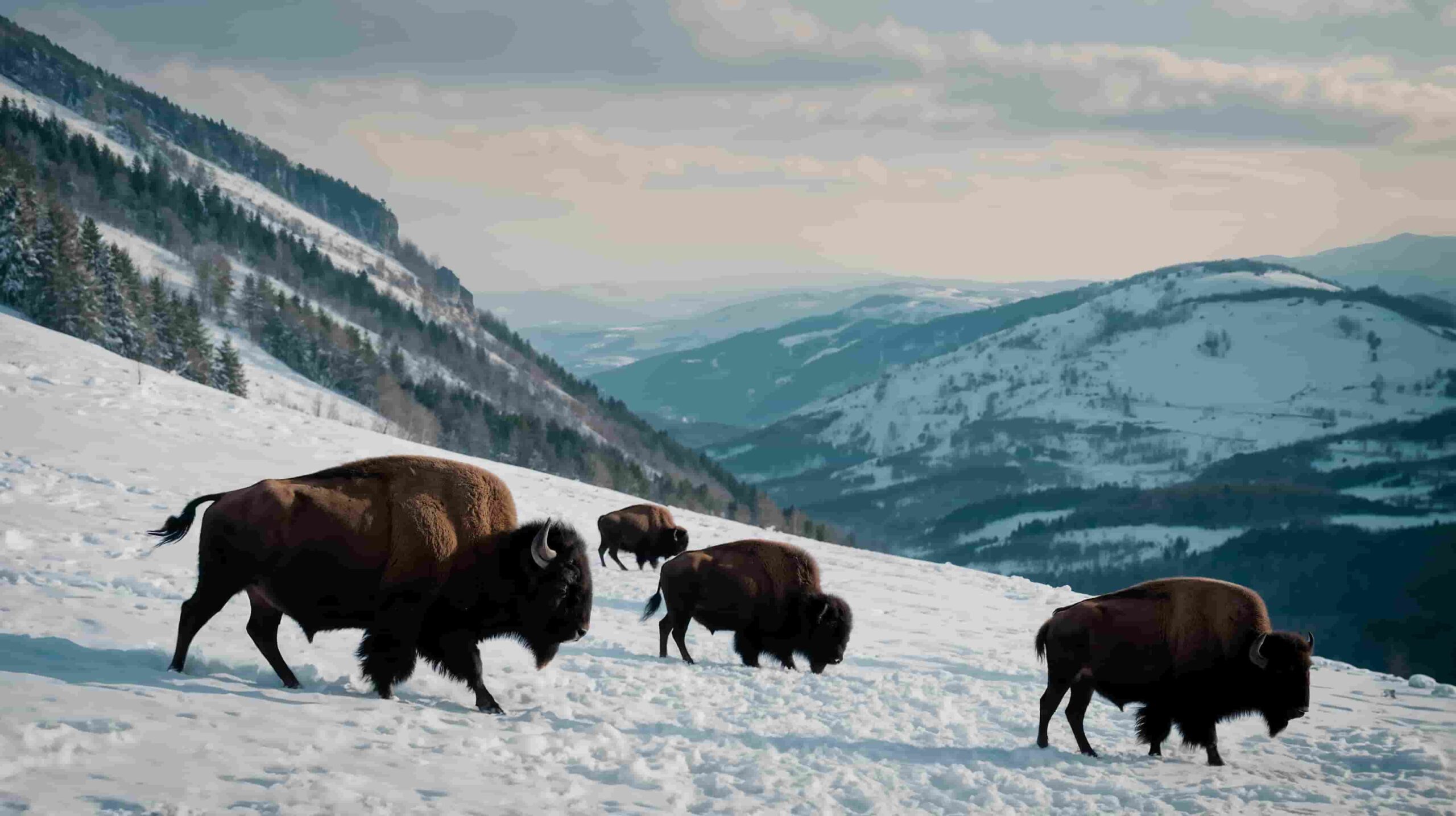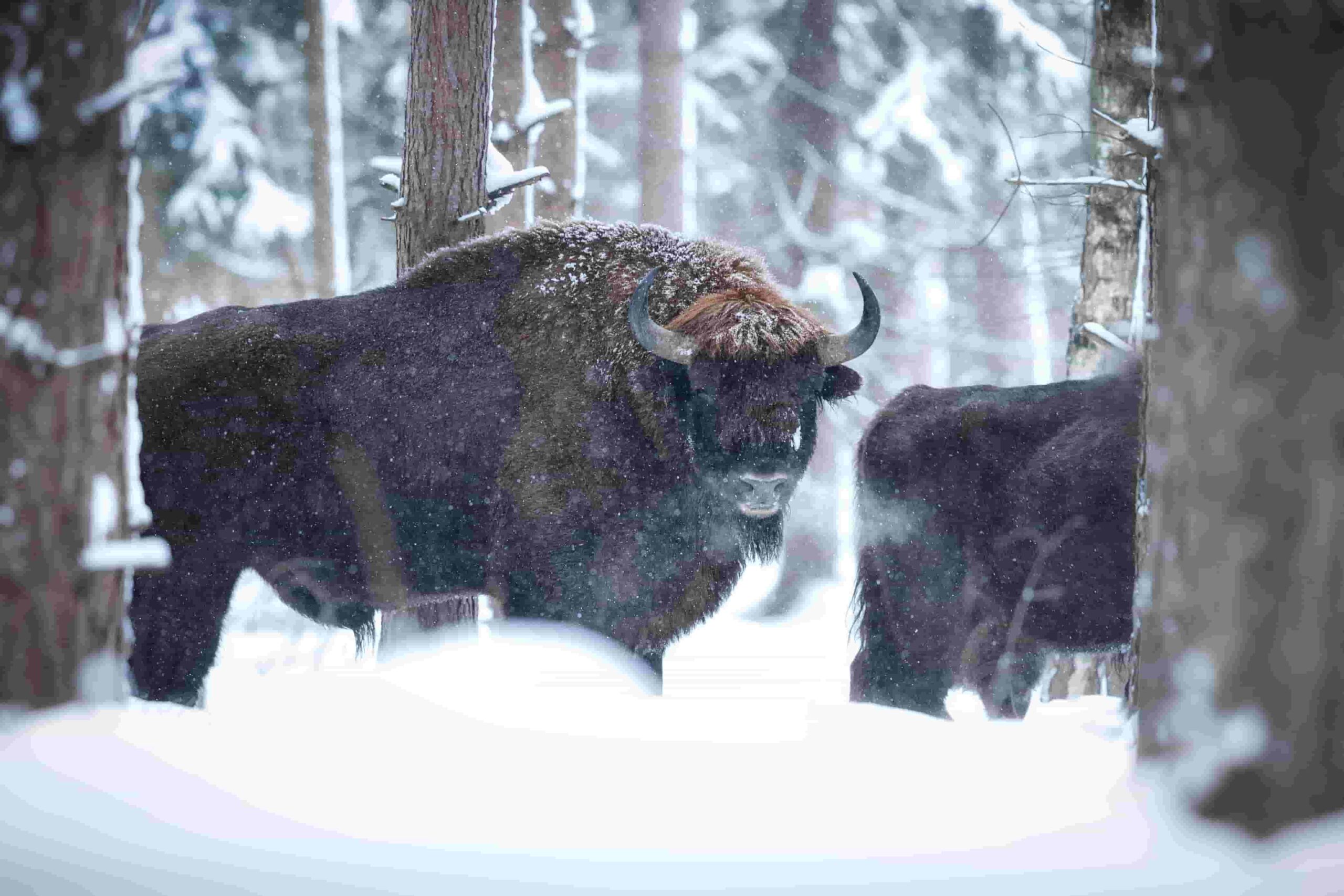Imagine navigating the coastal terrains under the cloak of darkness, equipped with the ability to see even the faintest hints of heat signatures that reveal the presence of wildlife. Night vision thermal scopes unlock a new dimension of hunting and wildlife observation, especially in coastal areas where unique challenges abound. This blog post explores the myriad benefits of these advanced optics, offering insights and practical guidance for hunters, outdoor enthusiasts, and wildlife observers.
Introduction to Night Vision Thermal Scopes
In the realm of night-time exploration, night vision thermal scopes have emerged as indispensable tools for those venturing into the wilderness. These devices are particularly valuable for coastal hunting, where mist, darkness, and the elusive nature of wildlife often conspire to make traditional methods inadequate. By illuminating targets that would otherwise remain invisible, these scopes enhance both safety and precision.
For hunters and wildlife observers, the ability to perceive the environment in low-light conditions is a game-changer. Whether you’re tracking game or observing nocturnal animals, night vision thermal scopes provide a distinct advantage by improving visibility and accuracy. This post aims to shed light on the technology behind these scopes, their benefits, and tips for selecting the right one for your needs.
Understanding the Technology
Night vision thermal scopes combine sophisticated technologies to enable users to see in the dark. While traditional night vision amplifies available light, thermal imaging detects heat signatures emitted by living beings and objects. This dual capability makes these scopes extremely versatile, allowing users to spot targets irrespective of light conditions.
There are various types of night vision and thermal scopes available on the market. Traditional night vision relies on image intensification, while thermal imaging converts heat into visible light through sensors. Additionally, some advanced models integrate both technologies for optimal performance. Understanding these differences is crucial for choosing the right scope for your coastal adventures.
The technology underlying these scopes is constantly evolving, with improvements in range, resolution, and battery life. Some models even offer digital enhancements, such as Wi-Fi streaming and augmented reality overlays, to provide real-time data and enhance the hunting experience. This continuous innovation ensures that users can adapt to changing environments with greater ease.
Benefits of Using Night Vision Thermal Scopes
The advantages of using night vision thermal scopes in coastal hunting are manifold. First and foremost is the enhanced accuracy in low-light conditions. These scopes allow hunters to identify and track moving targets with precision, reducing the likelihood of missing a shot due to poor visibility. This accuracy is crucial for ethical hunting practices and ensures a successful outing.
Safety is another significant benefit. Navigating coastal terrains can be hazardous, especially at night. Thermal scopes enable users to detect potential dangers, such as other hunters or obstacles, before they become a threat. This added layer of awareness enhances overall safety, making for a more secure outdoor experience.
Another notable benefit is the ability to detect targets from long distances. Thermal imaging can pick up heat signatures from afar, allowing hunters and observers to plan their approach strategically. This capability is particularly useful in coastal areas, where open spaces and varying elevations can complicate traditional tracking methods.
Case Studies and Testimonials
Numerous hunters and wildlife enthusiasts have shared their success stories with night vision thermal scopes. For instance, Jake Simmons, an avid coastal hunter, recalls an experience where his thermal scope allowed him to spot a herd of deer from over 500 yards away on a moonless night. This early detection enabled him to position himself advantageously, resulting in a successful hunt.
Wildlife observer Emily Green also highlights the scope’s utility in her nocturnal studies of coastal ecosystems. She notes that thermal scopes have revealed interactions between predators and prey that were previously impossible to document. This insight has enriched her understanding of wildlife behavior and contributed to her research.
These testimonials underscore the practical benefits of night vision thermal scopes in real-world scenarios. They emphasize the importance of choosing the right equipment to enhance both the enjoyment and effectiveness of hunting and wildlife observation.
Tips for Choosing the Right Scope
Selecting the perfect night vision thermal scope requires careful consideration of several factors. First, assess your budget. While advanced models offer numerous features, there are also affordable options that provide excellent performance. Determine how much you’re willing to invest based on your specific needs and frequency of use.
The range is another important consideration. Depending on your intended use, you may require a scope with long-range capabilities. If your activities will primarily occur in dense coastal forests, a shorter-range scope may suffice. It’s essential to match the scope’s range with the typical distances you’ll be encountering in the field.
Resolution is critical for clear images. A higher resolution allows for better identification of targets, particularly at longer distances. Consider scopes with adjustable magnification settings to adapt to varying conditions. Also, pay attention to the scope’s weight and ergonomics; a lightweight, easy-to-handle model will enhance comfort during extended use.
The Future of Night Vision Technology in Coastal Hunting
The future of night vision technology holds exciting possibilities for coastal hunting. Innovations in sensor technology, battery life, and digital integration are poised to revolutionize the capabilities of thermal scopes. We can expect even greater clarity, extended ranges, and enhanced image processing in upcoming models.
One promising development is the integration of artificial intelligence (AI) with thermal imaging. AI can assist in identifying specific wildlife species based on heat patterns, providing valuable data for hunters and researchers alike. This fusion of technologies promises to elevate the precision and utility of night vision scopes.
Furthermore, as more manufacturers enter the market, competition will likely drive down prices, making these advanced tools accessible to a wider audience. Increased accessibility will foster a community of informed and responsible hunters and wildlife observers, enhancing the overall quality of outdoor experiences.
Conclusion
Night vision thermal scopes represent a paradigm shift in coastal hunting and wildlife observation. Their ability to enhance visibility, accuracy, and safety makes them invaluable tools for anyone venturing into the wild after dark. By understanding the technology, benefits, and selection criteria, you can make an informed decision and elevate your outdoor pursuits.
For those eager to explore further, consider reaching out to seasoned hunters and wildlife enthusiasts who have firsthand experience with night vision thermal scopes. Engaging in online forums and community groups can provide additional insights and recommendations tailored to your specific needs.
Ultimately, the adoption of night vision thermal scopes promises to deepen your connection with nature, transforming nighttime excursions into thrilling adventures. Equip yourself with the right tools, and the coastal wilderness will reveal its hidden wonders like never before.



